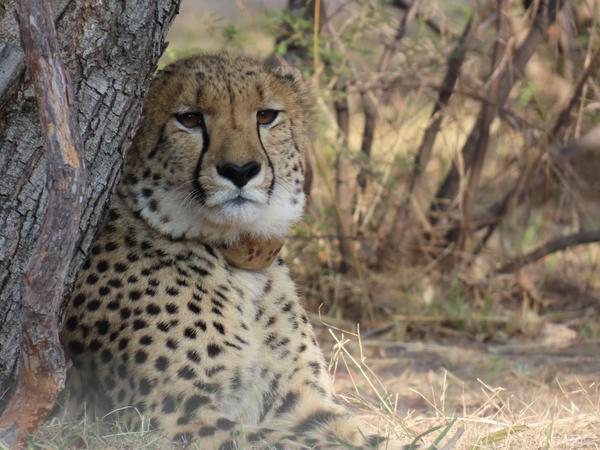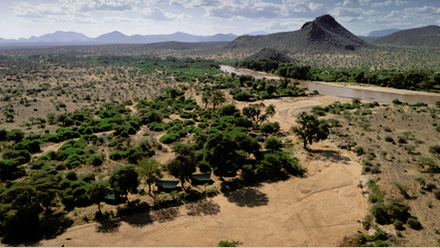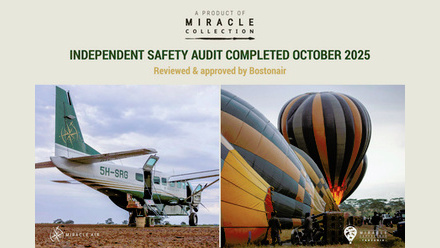Fast, fierce and four-strong: Mabula welcomes new cheetah line-up

MABULA, LIMPOPO PROVINCE – 25 September 2025: Mabula Private Game Reserve has welcomed four new cheetahs, reinforcing its commitment to conserving one of Southern Africa’s most endangered predators. These introductions, a young female in July, two males in August, and most recently another female from the Northern Cape, form part of a long-term strategy to enhance biodiversity, maintain genetic diversity and support the survival of endangered species at Mabula.
The first female, named Q, a nod to her status as the Queen of Mabula, arrived from a nearby reserve in the Waterberg. In late August, she was joined by a pair of brothers translocated from another reserve. Their transfer was carefully managed by the Endangered Wildlife Trust (EWT) and an expert wildlife veterinarian, with veterinary checks, specialised transport crates and close monitoring to ensure minimal stress.
The brothers, Isago (meaning “future” in Setswana) and Katlego (meaning “success”), come from rare and valuable genetic lines, being among the few descendants of the first cheetah litter born in Pilanesberg National Park. They share a strong bond, often moving and hunting together, a trait that makes their story both compelling and educational for visitors.
The second female, Atsile, whose name means “behold,” brings unique genetics from the Northern Cape, playing a vital role in strengthening Mabula Private Game Reserve’s genetic pool. Now four years old and having previously had a litter, she will begin her integration in an adaptation boma before full release.
These introductions continue the legacy of Mabula Private Game Reserve’s previous cheetah matriarch, the Ukulima female, who was tragically killed by a leopard at nearly 14 years old. During her lifetime, she gave birth to 23 cubs across five litters, with 14 offspring translocated to other reserves in South Africa and Mozambique to bolster regional genetic diversity. She was the granddam to 15 litters, leaving an extraordinary conservation legacy.
Together, the four new cheetahs’ strong, free-roaming heritage gives conservationists confidence that they will thrive in their new environment and contribute to future breeding at Mabula. The aim for the Reserve is to continue Mabula’s longstanding contribution to the cheetah metapopulation of Southern Africa. By participating in the EWT Cheetah Conservation Project, these cheetahs also help ensure that smaller, isolated populations across South Africa remain viable through managed introductions. Their arrival on the Reserve also significantly enhances visitor engagement and conservation education initiatives.
“By introducing these individuals, we are actively strengthening the genetic diversity of the regional cheetah meta-population,” said Ivan Kilian, Reserve Manager at Mabula. “Each successful translocation is critical for a species with fewer than 7,000 individuals remaining in the wild. This initiative not only protects our own populations but also provides a model that can inform international conservation efforts.”
To support adaptation, the cheetahs are initially placed in temporary bomas, allowing them to acclimate to the sights, sounds and scents of their new home. Phased releases, intensive monitoring and secure habitat management help mitigate challenges such as territorial competition, potential conflict with other predators and adjustment to a new environment. One of the males has been fitted with a tracking collar, providing around-the-clock monitoring and contributing valuable data to wider cheetah research initiatives.
For the Mabula Private Game Reserve team, the arrival of these cheetahs marks a deeply rewarding milestone, reflecting years of partnership with the EWT and other reserves. As one of South Africa’s leading private game reserves, Mabula continues to demonstrate the power of eco-tourism in creating positive outcomes for environmental protection and wildlife conservation.
Guests and supporters are invited to follow Q, Atsile and the brothers on Mabula’s social channels.



